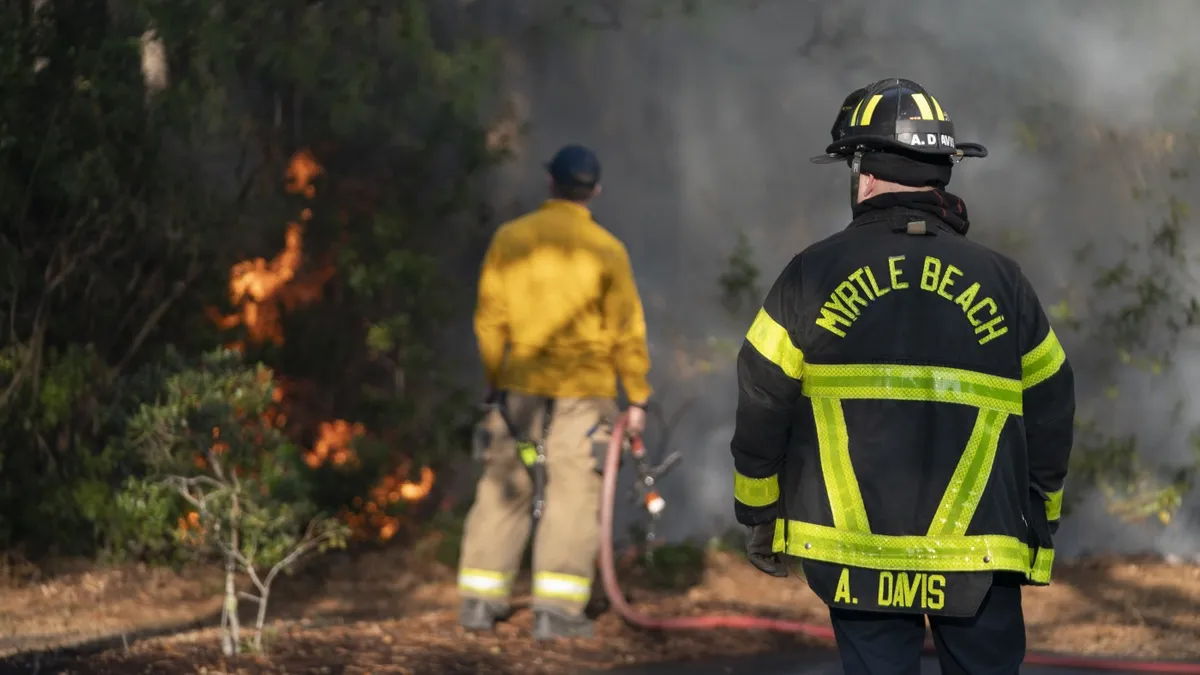
A significant and widespread storm is currently sweeping across the United States, bringing a variety of extreme weather conditions that pose threats to multiple regions. The National Weather Service (NWS) has issued warnings for various states, highlighting the increased risks of blizzards, wildfires, tornadoes, and severe thunderstorms.
Parts of Texas, Kansas, Colorado, Oklahoma, and New Mexico are under alert for potential wildfires. The warm and dry conditions prevalent in these areas create an environment conducive to fire outbreaks. Residents are urged to remain vigilant and take necessary precautions to minimize fire risks.
In contrast, regions experiencing warm and moist conditions are facing a heightened risk of severe thunderstorms. Areas stretching from Louisiana and Arkansas to the Carolinas and further south, including Georgia and Florida, may experience heavy rainfall, hail, and even tornadoes through Wednesday. The unpredictable nature of this storm system emphasizes the importance of staying informed about changing weather conditions.
Meanwhile, in the western part of the country, the NWS is forecasting significant rainfall alongside substantial snowfall in high elevation areas. The Sierra and Rocky Mountain ranges could see accumulations of one to two feet of snow, creating hazardous travel conditions and increased avalanche risks. Blizzard warnings have also been issued for states including Nebraska, Kansas, Missouri, Iowa, and Minnesota through Wednesday, with expected snow totals ranging from six to twelve inches in regions from Iowa to upper Michigan.
As this widespread storm continues to evolve, it is crucial for residents in affected areas to stay updated with the latest forecasts and heed any local advisories. Preparing for extreme weather conditions can help mitigate risks associated with this powerful storm system.